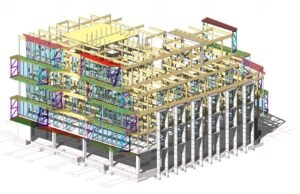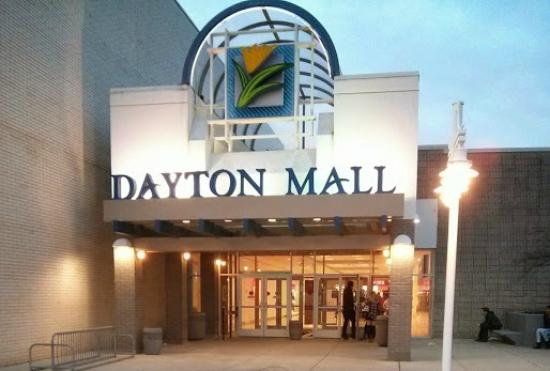In construction, one rule always stands out—good planning leads to stronger buildings. That’s true across the U.S. No matter the state, the strength of a project comes down to how well it’s planned before ground breaks.
These days, things look very different than they did years ago. Instead of flat drawings and endless paper, many professionals now rely on bim modeling service to map everything out. This tech has become a game-changer in the planning phase, making it easier to avoid headaches later on.
Planning Is the Heart of Every Project
Think of planning like a building’s foundation. Without a strong one, the structure won’t last. It doesn’t matter how skilled the workers are or how expensive the materials may be. If planning fails, everything else wobbles.
Across the U.S., construction faces unique challenges. Building codes shift from state to state. Weather adds another layer of stress. And let’s not forget—costs keep rising. Careful planning makes sure projects can handle these obstacles without collapsing budgets or timelines.
From Pencil Sketches to Digital Models
Old-school blueprints served their time. They worked, but mistakes were common. Misread notes, missing details, or unclear changes often slowed projects.
Now, digital models step in. 3D planning software lets architects, engineers, and builders all see the same design. That means fewer errors, smoother communication, and less wasted money.
In fact, more U.S. companies are leaning on these digital planning methods. You’ll hear terms like “building design tools” or “construction visualization software.” They all help create stronger, smarter, and more reliable plans.
Collaboration Feels Way Less Painful
Ask anyone in construction—it’s never a solo job. Architects, electricians, engineers, plumbers, inspectors… all need to work together. That’s easier said than done.
Modern planning tools make collaboration feel less like herding cats. Instead of shuffling papers or sending endless emails, teams work off one shared model. If a duct clashes with a beam, it shows up before the first pipe is even ordered.
This kind of collaboration is why stronger buildings are popping up across the country. Fewer delays, fewer costly mistakes, and a whole lot less stress.
Why Strong Buildings Matter Here
Living in the U.S. means dealing with all sorts of extreme conditions. Hurricanes along the coast, earthquakes in California, tornadoes across the Midwest, heavy snow in the North.
Stronger buildings aren’t just nice to have—they’re critical. They keep people safe and communities stable. Smarter planning helps create structures tough enough to withstand these pressures while staying affordable to maintain.
Catching Mistakes Before They Burn Cash
Every builder knows this: mistakes cost money. One misplaced wall or a wrong-sized beam can delay projects for weeks.
With advanced planning, those errors are spotted early. 3D simulations, clash detection, and data-driven models help avoid expensive fixes later.
In a country where construction costs already climb high, catching mistakes upfront is priceless. It keeps projects on time and budgets under control.
Tech Alone Isn’t Enough
Let’s clear this up—technology doesn’t replace experience. It works best when paired with professionals who know the field.
Seasoned engineers understand codes, safety rules, and local conditions. When their expertise meets smart planning tools, the results are outstanding. That’s when projects hit the sweet spot of safe, efficient, and long-lasting.
Flexibility in the Middle of a Project
No construction project ever goes exactly as planned. Changes pop up. Budgets shift. Designs get tweaked halfway through.
With tools like revit modeling services, adjustments don’t derail the whole project. Updates are made directly to the model, and everyone sees the change instantly. That flexibility keeps work moving without cutting corners.
Building Smarter Also Means Building Greener
Here’s another big deal—sustainability. Across the U.S., eco-friendly standards are now the norm, not just an option.
Smarter planning helps hit those goals. Digital models can test energy use, airflow, and sunlight patterns before the building even goes up. This reduces waste and boosts efficiency. The payoff? Lower utility bills and happier communities.
Big Cities, Small Towns—It’s Everywhere
Walk through Chicago, Houston, or Los Angeles, and you’ll see massive projects using these tools. But smaller towns aren’t far behind.
Even local builders are picking up digital planning systems. That levels the playing field and pushes overall quality higher across the country. Stronger buildings aren’t just for big cities anymore.
Thinking Beyond Today
At the end of the day, planning smarter isn’t just about this year’s project. It’s about decades ahead.
Buildings stick around. If planning is sloppy, the problems stick around too. But if planning is sharp, those same buildings serve communities for generations.
This long-term focus is why more firms in the U.S. are shifting toward smarter planning strategies. The results speak for themselves—safe, reliable, and durable structures.
Wrapping It Up
Stronger buildings don’t magically appear. They’re the outcome of experience, planning, and the right tools working together.
From high-rise towers in New York to new schools in Texas suburbs, smarter planning is shaping construction across the U.S. It cuts errors, trims costs, boosts safety, and gives us buildings we can trust for years.
So next time you see a new structure going up, remember this—it’s not just about the steel and concrete. The real strength is hidden in the planning behind it.


